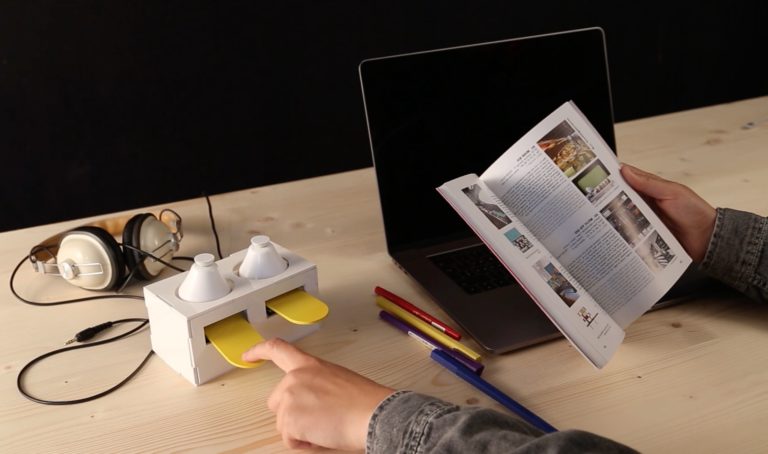
Created by Elise Migraine at ECAL, “Twin Objects” is a collection of devices (Tits Me, Pianoze, and Dual Drums) designed to act as a ‘hotline’ in attempt to nurture intimacy and telepresence that long-distance relationships need.
Displaying search results
121 Results
Created by Elise Migraine at ECAL, “Twin Objects” is a collection of devices (Tits Me, Pianoze, and Dual Drums) designed to act as a ‘hotline’ in attempt to nurture intimacy and telepresence that long-distance relationships need.
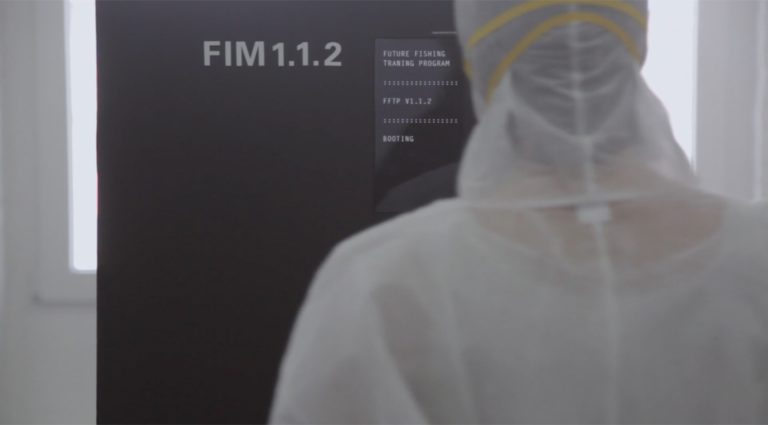
Created by N O R M A L S, “The Future Fishing Training Program” is a film about a speculative device and a programme designed to allow users and companies to discover glimpses of a desirable future through stories and artefacts.
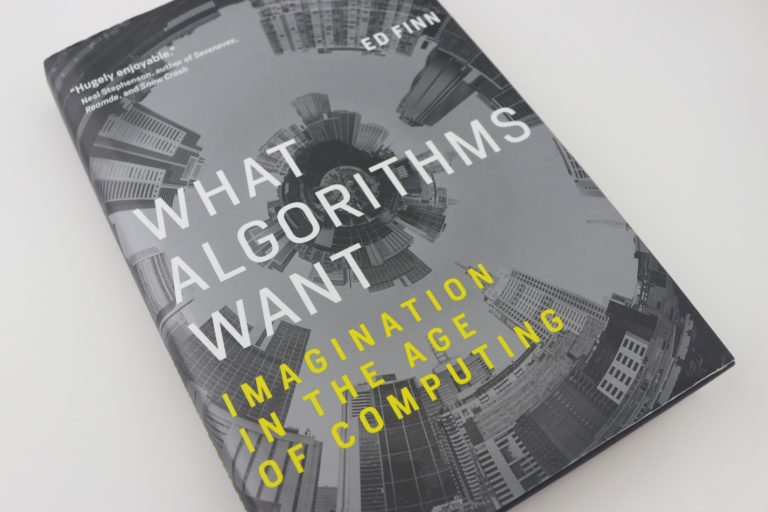
‘How much should we let algorithms shape our lives?’ is the question at the heart of Ed Finn’s recent book “What Algorithms Want: Imagination in the Age of Computing”. Scanning Silicon Valley, computer science, and the cultural sphere alike it offers a smart and accessible reading of our current moment.
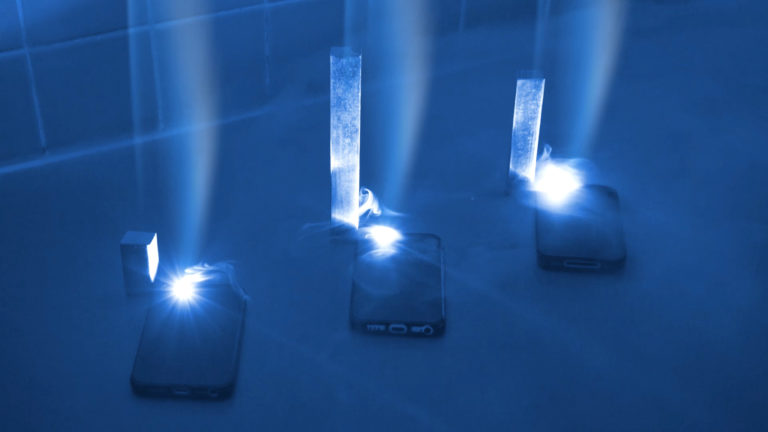
‘Technological Nature’ is a recent short film by media artist and designer Daria Jelonek exploring the emulation of natural phenomena with technology. Auroras, rainbows, and glaring sunlight, are all recreated with everyday materials in an eerily empty domestic environment.
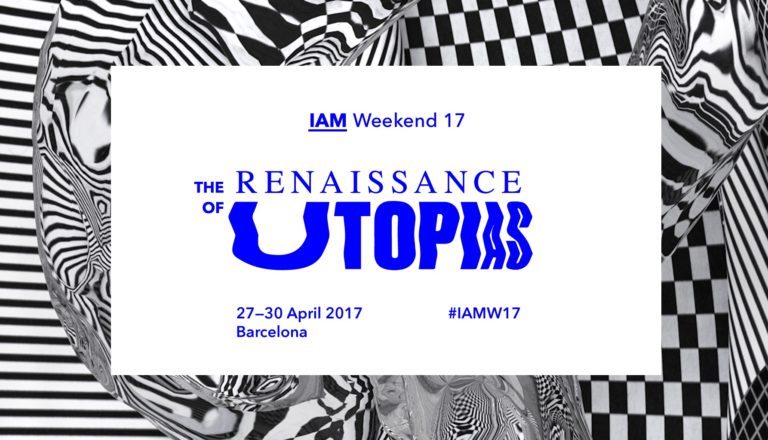
The third edition of IAM’s yearly gathering for internet people, themed around The Renaissance of Utopias, using utopias as a tool to imagine better futures and navigate the complexity and uncertainty of our times.
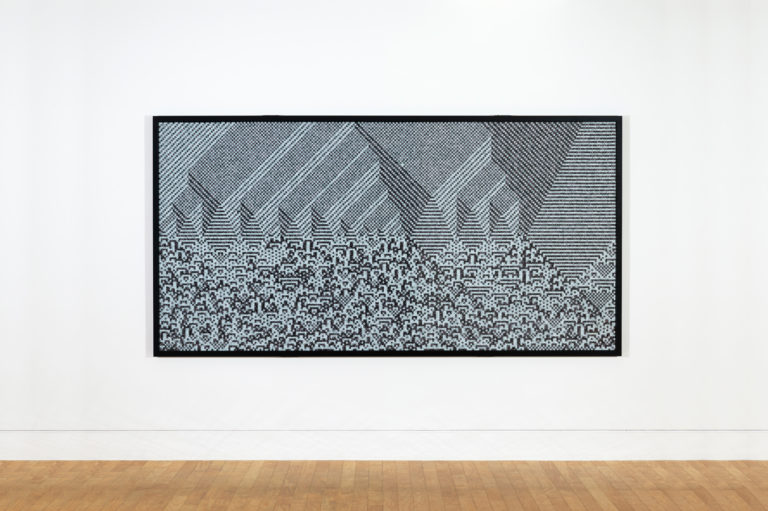
A meditation on several recent Troika projects that render cellular automata with dice and anodised aluminium rather than pixels on a screen. Realized over the last four years, these works demonstrate how a prolonged investigation into a rudimentary approach can yield rich dividends.
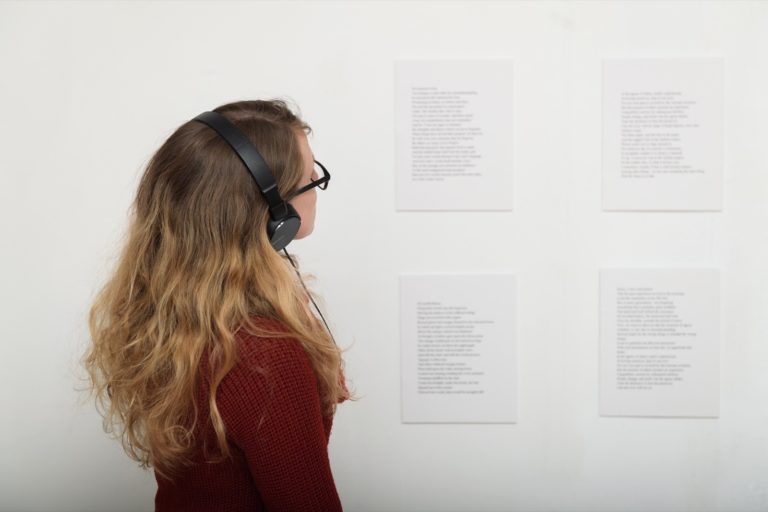
In the final week of the last year’s fall 10-week program at the School for Poetic Computation (SFPC), students presented their work in progress and its underly ideas in a public showcase. Here is a selection of projects that were presented.
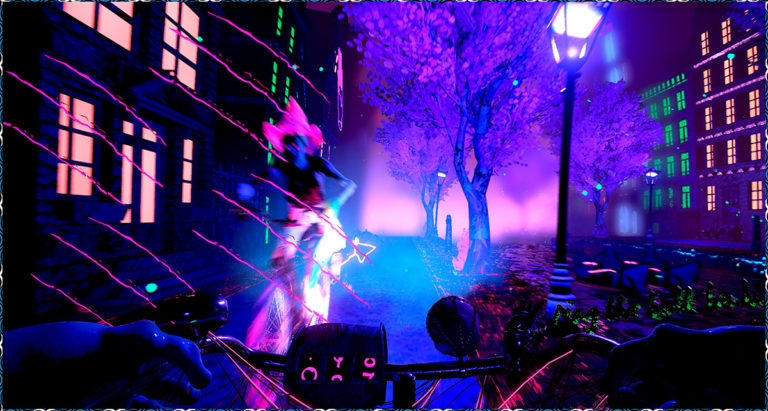
Created and Directed by Anita Fontaine and Geoffrey Lillemon with W+K Amsterdam, Bitmap Banshees is a VR experience set inside a dystopian Amsterdam, where a gang of biker banshees have taken over the city and are out to get you.
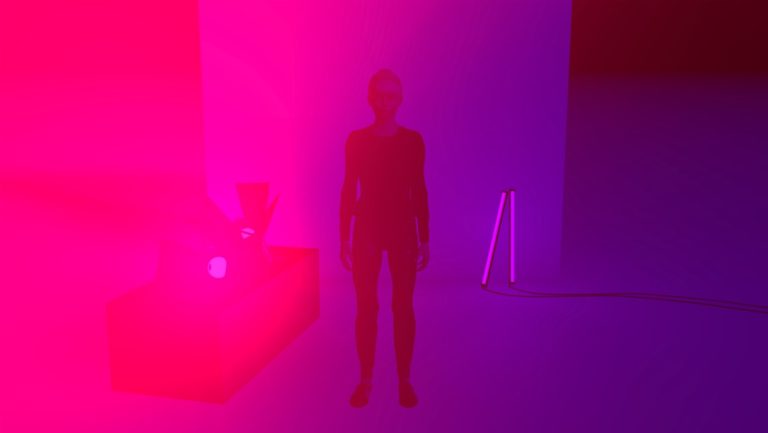
Taking place at Espacio Fundación Telefónica in Lima between 17 March – 19 June, New Realities is a touring exhibition curated and produced by Alpha-ville which explores how the phenomenal pace of technological advancement is changing the way we perceive ourselves and our world.
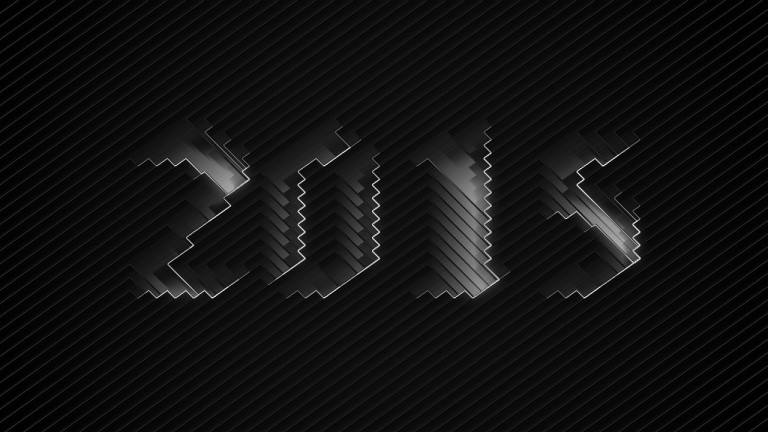
As 2015 winds down we look back at almost 200 extraordinary projects we’ve covered this year on CAN. And as is the case every year, picking the ten ‘best’ is hard if not impossible, as each of them has driven the conversation around the state of art and design in their own unique way. And yet, the following ten works stuck with us and, if anything, make great starting points for reflection and inspiration as we head into the new year. Until we continue our coverage in early January: happy holidays and thank you all for a great 2015!
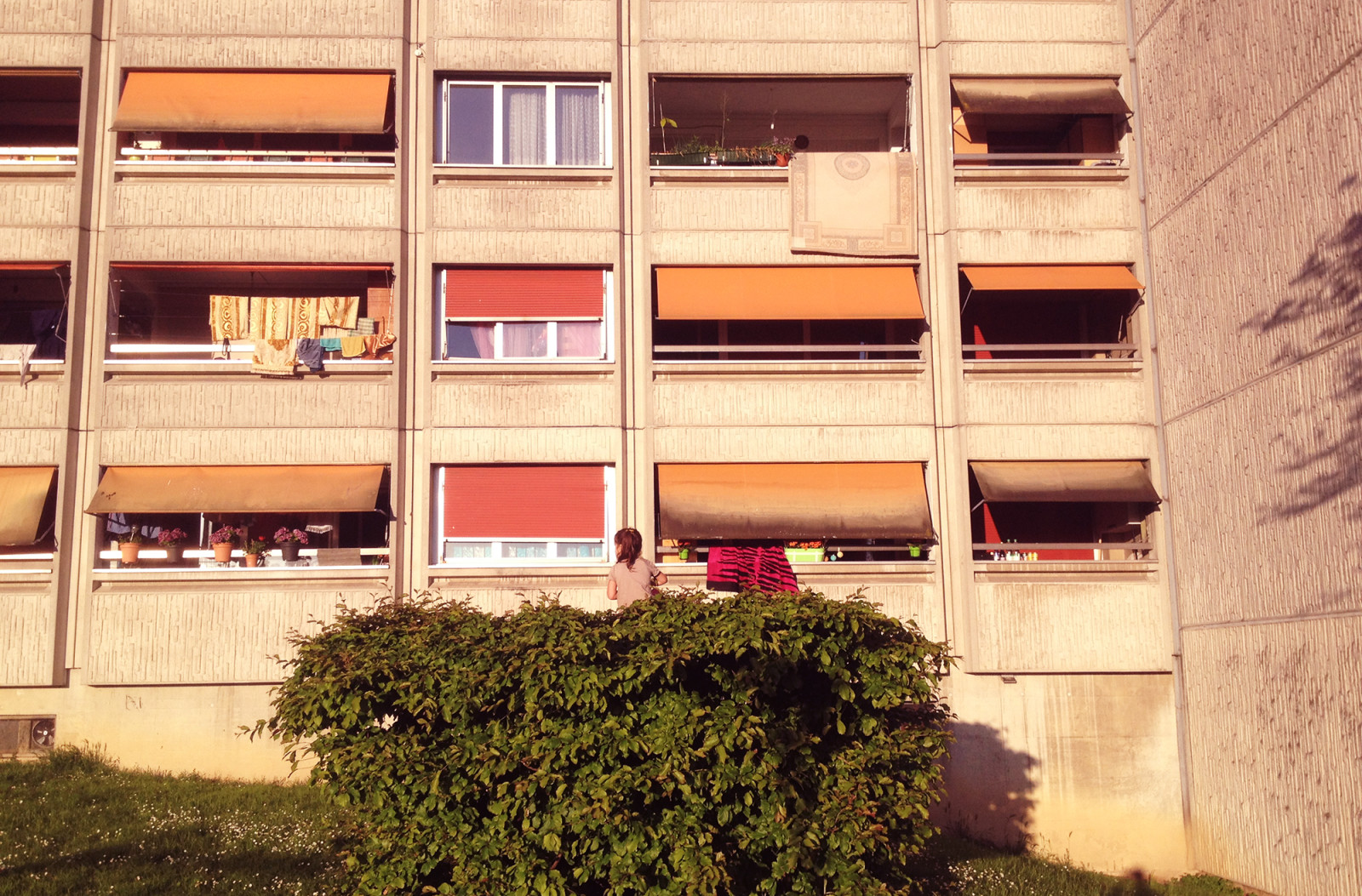
Created by Sebastian Vargas at ECAL (Bachelor Media & Interaction Design), Postgram is a bot for human storytelling that explores issues of public data, privacy and image making using a process of “fair hack” to develop a story narrative. It speculate about the social network behaviour and search for new possibilities for film content.
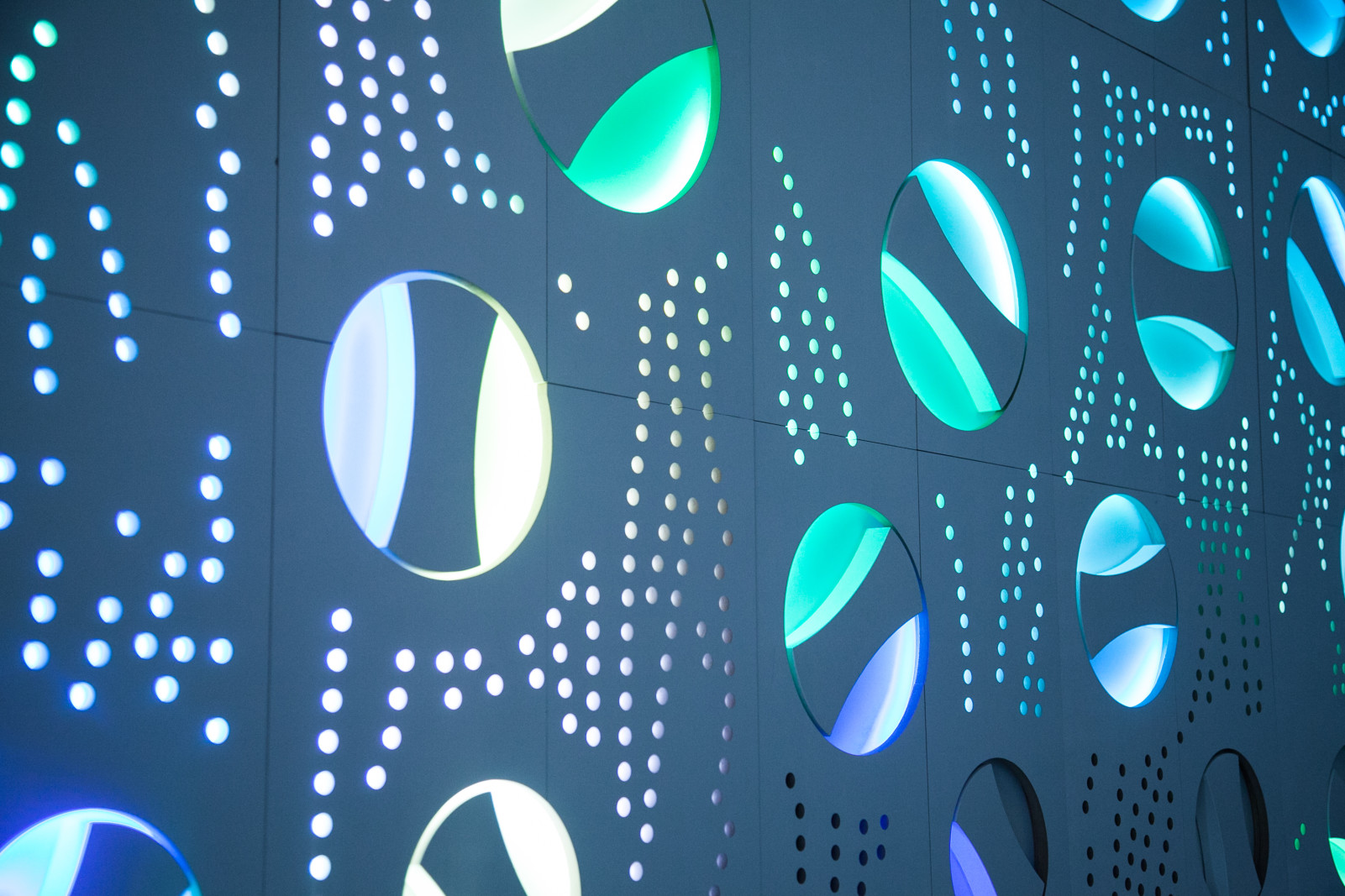
Forest invites kids and adults alike to engage with a giant tactile colour mixer, with ‘spinner’ controls distributed across a 7 x 2 grid of custom-fabricated MDF panels. Built in collaboration between Micah Scott and a team at Ryerson University’s New Media Program, the interactive installation is currently showing at TIFF Kid’s digiPlaySpace. CAN goes behind the scenes to get a glimpse into this ambitious project’s conception and fabrication.

For the fourth time, KIKK Festival will take over Namur, Belgium to showcase the latest movers and shakers in the worlds of digital art and design. KIKK brings together the world’s most talented creative coders, innovators, designers, artists and researchers.

In collaboration with the Federal Ministry of Education and Research, the ZKM has organized a competition within the Science Year 2014 – The Digital Society: all those interested are invited to experiment with this new technology developed by the ZKM.
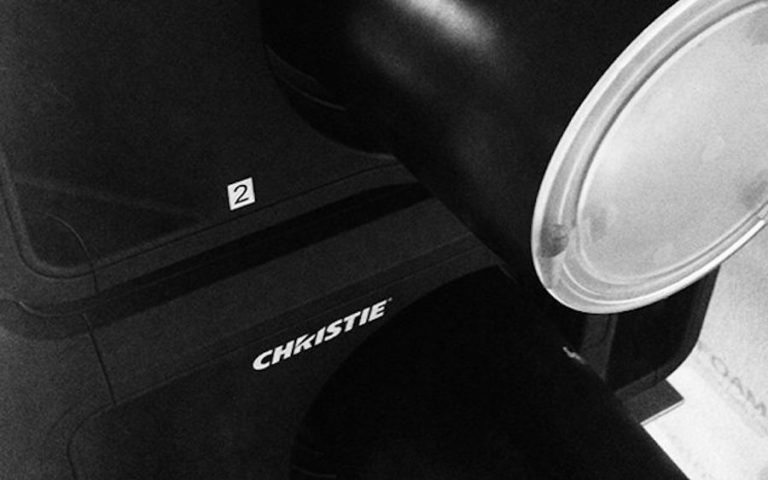
Video projectors are one of the most important tools for creators of interactive installations. The information for projectors is available on various websites, but this 2 part guide will focus on their use in production and interactive environments.
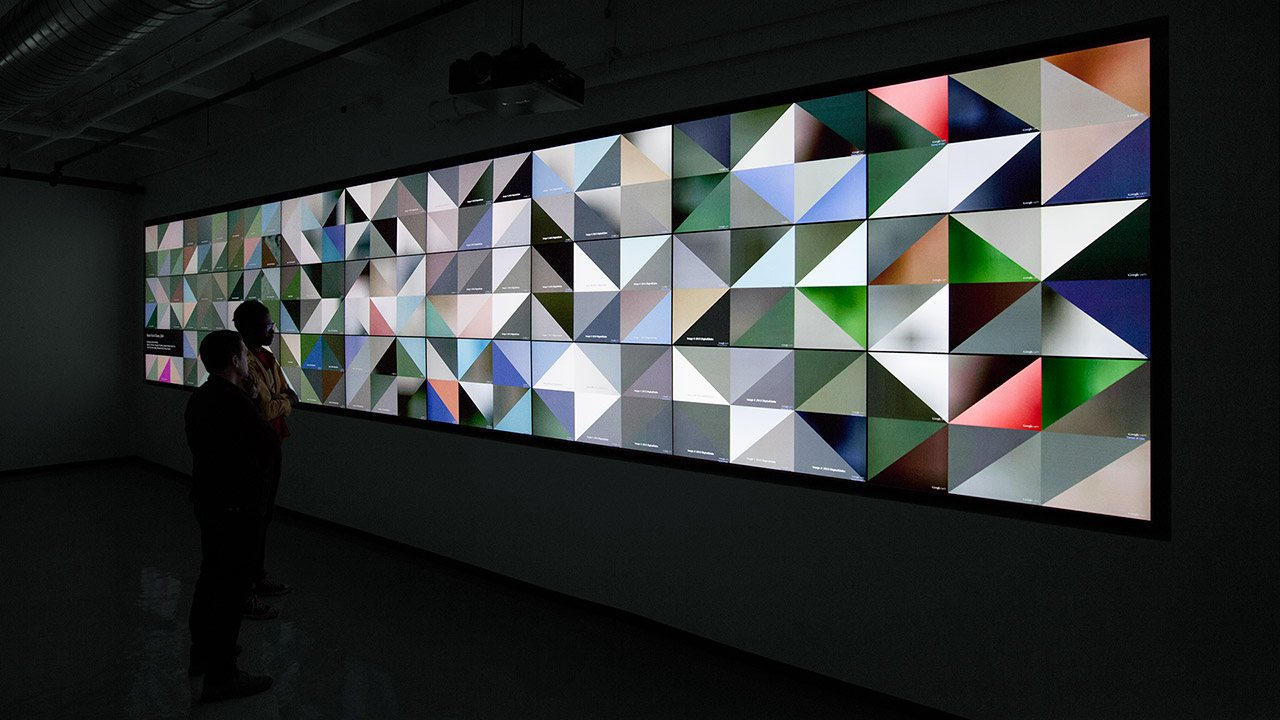
Project explores narratives through colour, line, and form found in geographic satellite imagery. Utilising Google Earth together with custom software, the final install spans over 27 HD screens pointing locations of the films that have been produced by IFP.

Benedikt Groß is a speculative and computational designer whose work is often featured on here on CAN. We recently interviewed him in order to glean a little insight about Benedikt’s thoughts his recent work, ‘outsider’ cartography, and generative strategies.
Creativeapplications.Net (CAN) is a community of creative practitioners working at the intersection of art, media and technology.
Join us today by becoming a Member.
• Archive: Access thousands of projects, scores of essays, interviews and reviews.
• Publish: Post your projects, events, announcements.
• Discuss: Join our Discord for events, open calls and even more projects.
• Education: Tutorials (beginners and advanced) with code examples and downloads.
• Jobs Archive: Find employers who have recruited here in the past (over 1,000 jobs).
• Discounts: Special offers and giveaways (events, books and media).
• Ad-Free Reading: No advertisements or banners of any kind.
• Studios/Organisations: Read more about benefits here.